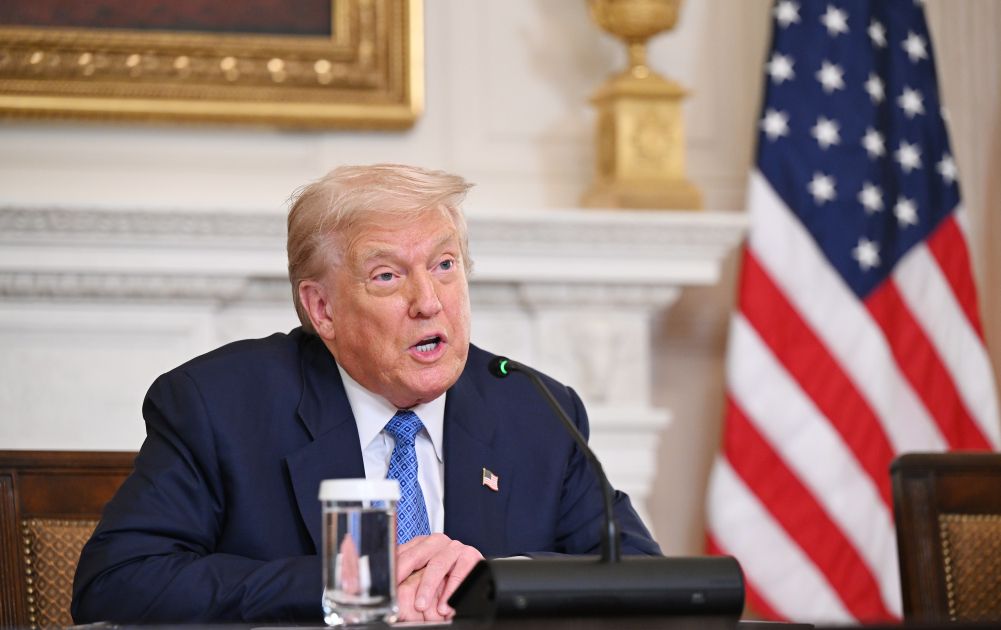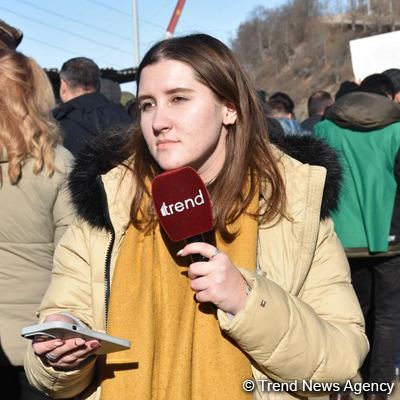BAKU, Azerbaijan, October 27. On November 6, 2025, Washington, D.C. will host the second Central Asia-U.S. (C5+1) summit, marking the first meeting of regional leaders with President Donald Trump.
The C5+1 format, established in 2015, was initially focused on security and counterterrorism. Over the years, however, its emphasis has shifted toward economic and infrastructure cooperation. The summit comes amid heightened U.S. diplomatic and commercial activity in the region: visits by special envoys, negotiations on major energy and transport projects, and recent deals involving American companies are setting the stage for key agreements in Washington.
During a meeting with U.S. business representatives in New York, Kazakh President Kassym-Jomart Tokayev highlighted the importance of a strategic partnership with the U.S.: "We take genuine pride in our achievements in economic cooperation. Today, over 630 American companies operate successfully in our country, including Chevron, ExxonMobil, Boeing, Visa, Mastercard, Meta, Wabtec, and Citibank".
The Kazakh leader also emphasized that Kazakhstan regards the U.S. as a strategic partner and shares President Trump’s objectives of safeguarding peace, security, and traditional values.
Over the ten years of C5+1, Central Asian countries and the U.S. have gradually shifted their priorities. While security concerns - including the situation in Afghanistan - dominated discussions in the 2010s, by 2025 the dialogue broadened to include infrastructure, investment, critical minerals, and the development of green energy.
The previous summit in September 2023 demonstrated both sides’ readiness to move forward, addressing measures to improve the business environment, create private sector platforms, and explore Central Asia’s mineral resources. The focus now is on concrete projects and investments, reflecting growing U.S. interest in the region as a strategic economic and energy partner.
Politically, the summit will focus on regional security, counterterrorism, and stability. Recent visits by U.S. Special Representative Sergio Gor and Deputy Secretary of State Christopher Landau to Kazakhstan and Uzbekistan underscore the seriousness of preparations for the meeting.
The economic portion of the summit is expected to be central. The U.S. and the region are already implementing major projects. A notable example is the $4.2 billion Wabtec–Kazakhstan agreement to supply 300 Evolution series locomotives and long-haul trains with long-term service support. The deal aims to modernize Kazakhstan’s railway sector and strengthen the country’s technological capabilities. Since 2009, over 600 locomotives have been produced at Kazakhstan’s Wabtec plant for the National Railway Company and for export, with a localization level of 45%.
A source at Wabtec told Trend that under the agreement, 300 freight locomotives will be delivered to Kazakhstan, with supplies and related services spanning approximately 15 years. "Since these locomotives operate in Kazakhstan. They have to be certified with local regulations (GOST Certification). The locomotives will comply with the latest GOST Emissions Requirements. These requirements are different from the U.S. or European requirements," the company noted.
Uzbekistan is also actively cooperating with American companies in 2025: Schlumberger, Baker Hughes, and Air Products are implementing energy projects worth $3-4 billion, including the modernization of gas transport infrastructure. Additionally, the region is developing collaboration on critical minerals: the U.S. and Uzbekistan signed a memorandum on the exploration, development, and local processing of strategic resources.
The summit will pay special attention to the development of the Trans-Caspian international transport route, also known as the Middle Corridor. The U.S. is keen to promote logistics through Kazakhstan, Azerbaijan, and Uzbekistan, strengthening economic ties and providing additional incentives for integrating the region into global trade chains.
The U.S. is prepared to offer technology and investment in clean energy and grid modernization. Interest in critical minerals is linked to global demand for green technologies. Risks remain, including contracts with Russian or Chinese companies and the political environment in regional countries, which could slow project implementation.
It is likely that the summit will result in agreements on a broad range of investments and concrete projects across transport, energy, and critical mineral extraction. Such decisions could mark a significant step toward deeper regional economic integration and reinforce the U.S. role as a strategic partner for Central Asia. At the same time, the region continues to maintain a multi-vector approach, considering Russia’s and China’s economic and political interests, adding an extra layer of strategic flexibility to its cooperation with the U.S.
The C5+1 summit will be an important test for U.S.-Central Asia relations in this new era. If political stability is combined with the implementation of economic projects, the Washington meeting could become a starting point for long-term strategic and commercial partnership, setting a new trajectory for relations for years to come. It will also allow the U.S., under President Trump's leadership, to advance its strategic objectives in Central Asia - strengthening security, promoting economic initiatives, and expanding regional influence through investment and infrastructure projects.







